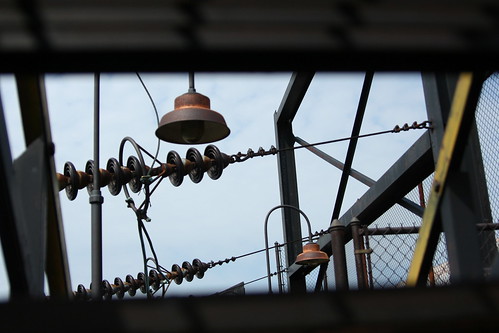In 2009, the wasting steel town of Braddock, Pennsylvania hit international newspapers as an example of how post-industrial ruins could be transformed into utopian spaces after the mayors' plea for dedicated urban homesteaders to relocate to Braddock's abandoned houses. Braddock left behind a model of redevelopment pursued elsewhere, a model of urban clearances and arson that required the eviction of the urban poor. In contrast, Braddock and its mayor, John Fetterman, were lauded as pioneering a new model, based in community gardens, interracial collaboration, and public art.
Scholar Jo Guldi and activist Simon Strikeback traveled to Braddock to see the evidence of artist-directed redevelopment in the landscape. What they saw raised questions about race and economic flows in American cities.
This conversation, recorded on the road in western Pennsylvania, offers an on-the-fly description of three different models of economic regeneration in Rust Belt cities. The interlocutors compare corporate redevelopment in Homestead, PA; land-bank community gardens in Flint, MI; and community regeneration through the arts in Braddock, PA.
Subscribe to:
Post Comments (Atom)

No comments:
Post a Comment